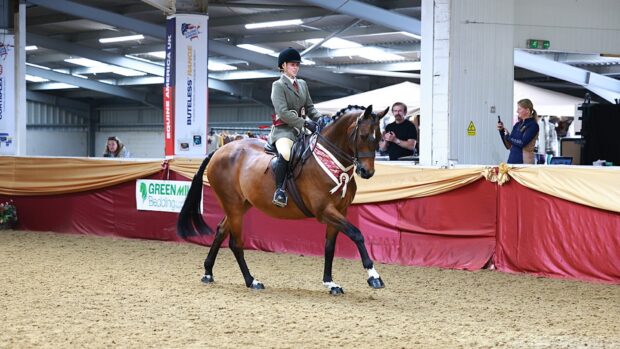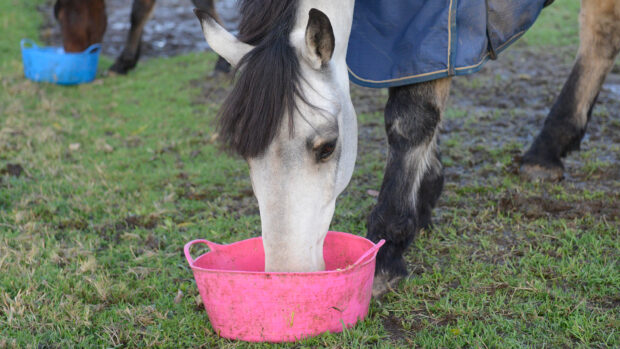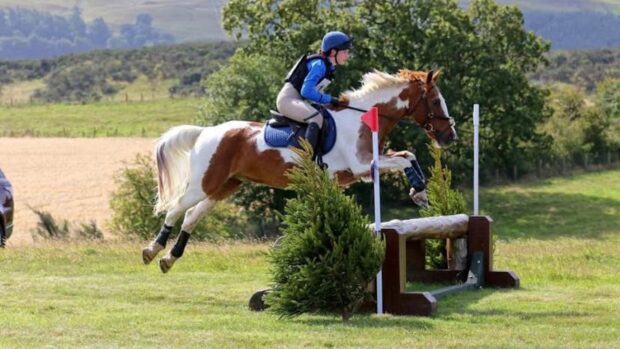Many people have horses who are chalk and cheese in the paddock – the favourite oldie, retired, and entitled to adopt the “elder statesman” role in the field; and the younger “great hope of the future”.
Often they are different sizes, and equally varied when it comes to temperament, quality of teeth and ability to hold condition.
Choosing appropriate feeds for such a duo can be a challenge – you don’t want to fill the feed room up with special bags (and bins) of stuff for each, especially during the summer, when the amount you feed is much lower.
Not withstanding the rules of good feeding that state you should feed according to temperament, condition, weight and work done, a practical and simple system that meets the needs of both is required.
One horse may be quite active while the other may not, so the “stretchability” of the chosen feed must mean that it can be given in small amounts (less than 1kg per day) and also in the larger amounts required for work (up to 40% of the total daily diet).
Retired horses or ponies need little more than maintenance diet, unless, due to poor teeth or other reasons, they do not hold their condition well. The choice of food for a more active horse depends on its temperament, condition and workload.
If you are prepared to buy two products – one low-energy and one medium-energy – it will be possible to combine them to maintain an appropriate diet for both horses. However, if you only want to buy one, opt for a medium-energy product. If the retired/older horse then receives only a small amount of hard food, it will be practical to feed the other horse’s medium-energy feed safely (unless there is an overriding susceptibility to laminitis).
Feeding solutions
- Old laminitic pony and Pony Club eventer: low-energy, high-fibre complete feed and competition feed. Laminitic pony: low-energy, high-fibre complete feed. Eventer: competition feed.
- Brood mare and her offspring: low-energy feed and stud feed. Mare: low-energy feed during the first eight months of pregnancy and later stages of lactation. Stud feed in the last three months of pregnancy and first months with foal at foot. Young stock: stud feed for about the first two years.
- Schoolmaster and “trainee”: depending on workload, low-energy or medium-energy high-fibre compounds, such as a horse and pony cube. High-fibre compounds generally deliver better behaviour.
|
Read the latest Feed Forum, which focuses on feeding ponies at Pony Club camp, in this week’s Horse & Hound (24 July), or click here to subscribe and enjoy Horse & Hound delivered to your door every week. |



